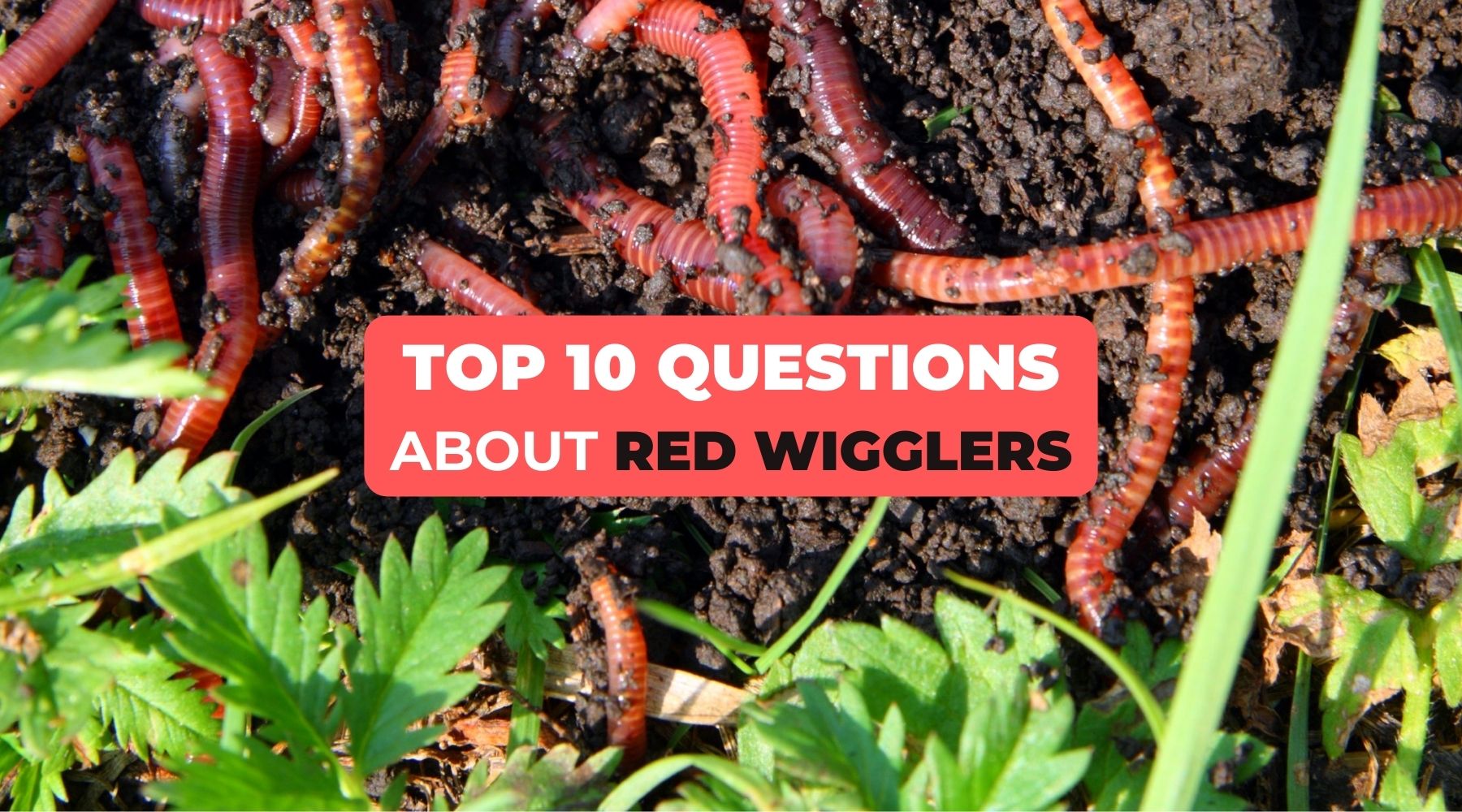The Ultimate Guide To Red Wiggler Express
The Ultimate Guide To Red Wiggler Express
Blog Article
The Best Guide To Red Wiggler Express
Table of Contents6 Simple Techniques For Red Wiggler ExpressRed Wiggler Express Can Be Fun For AnyoneRed Wiggler Express Things To Know Before You Get ThisIndicators on Red Wiggler Express You Should KnowFacts About Red Wiggler Express Revealed5 Easy Facts About Red Wiggler Express Shown
Red wigglers and garden compost worms' preferred foods are most fruits - they especially enjoy bananas, strawberries, raspberries, blueberries, peaches, and melons! Yes - however we advise feeding potato peels to worms in moderation (Red Wiggler Express). Potato peels are starchy and do not break down quickly so they can take a while for the red wigglers to breakdown and take inWe feed our worms at Brothers Worm Farm two times a week, and most of us do the very same with our worm bins in the house. Red wigglers tend to consume more when temperature levels are modest (60-80 levels), so you may locate a need to feed them much more throughout these periods. If you are leaving for trip or a trip and are fretted about your worms, there are a couple of things you can do to ensure their survival.
Just follow these steps and your wiggly good friends need to be great while you're gone: Mix in fresh bed linen to the bin. Bedding can be the original sort of bed linen you utilized or several handfuls of shredded cardboard. Provide the surface of the bedding a heavy misting so the bedding does not dry out.
How Red Wiggler Express can Save You Time, Stress, and Money.
Area an item of cardboard over the surface area of the container (this will assist it maintain moisture). If you are leaving for even more than 2 weeks, we suggest having a buddy or relative feed and water the worms every 1.5 weeks while you are gone. You can leave food for the worms in the refrigerator and a small spray bottle for watering.
Many thanks for analysis and delighted farming!.
Red worms are nature's best composting worm and a great pick for worm farms. They're usually called red wigglers, tiger worms, manure worms, composting worms, and the trout worms.
The smart Trick of Red Wiggler Express That Nobody is Discussing


Red worms have numerous residential properties which make them ideal for the compost bin. Of all the worms ideal for worm farming the red worm is the most adaptable and passionate.
Rotting leaves, turfs, wood, and animal manure are all faves of red worms. The red worm's ravenous hunger makes it the champ of the garden compost bin and a digital worm spreading (a.k.a. worm poop) devices.
Red worms like to reside in nests, commonly gathering right into a twisting mass around a food source. Keeping this close call makes them respected dog breeders and an ideal type to raise in your worm farm. A 24" x 24" worm bin can easily house over 1000 red worms. For those interested in elevating lure worms it's good to bear in mind that crowded red worms will certainly remain relatively skinny and brief.
The Basic Principles Of Red Wiggler Express
Another advantage of red worms is their ability with stand a large variety of temperature level extremes. When the temperature level dips red worms require to be shielded from freezing weather condition.
That can be as straightforward as maintaining them in trench loaded with aged manure and covered with straw or leaves. Likewise; when temperature levels increase maintain your worm farm cool. If your bed linen gets over 85 levels red worms will try to escape your containers for cooler areas. Give them with shade or if possible move them right into your cellar.
Like all worms red worms breathe oxygen with their skin. A moist atmosphere likewise facilitates the failure of organic matter in their bed linens product by microbial life forms.
A worm farm loaded with red wigglers is an outstanding way to compost food scraps, left overs, yard waste, and leaves. Feeding redworms is quite very easy, but there are some fundamental but important things to bear in mind in order to keep you worm farm healthy. In this section we will certainly cover what you need to and need to not be feeding your worms.
All About Red Wiggler Express

However before leaving all the required reproductive products are scooped up into the ring. When the mucous ring hands over the worm the end seals up, creating it to taper at one end, causing the familiar lemon form of the cocoon. Over the next 20 days the cocoon darkens and sets.
Like all worms red worms breathe oxygen via their skin. A damp setting also promotes the failure of natural matter in their bed linen product by microbial life kinds.
A worm farm complete of red wigglers is an exceptional means to compost food scraps, left overs, yard waste, and leaves. Feeding redworms is rather very easy, yet there are some basic but important things to keep in mind in order to keep you worm farm healthy and balanced. In this area we will certainly cover what you need to and should not be feeding your worms.
Our Red Wiggler Express PDFs
During mating worms slide along each various other till their clitellum are aligned. They hang on to every other with bristle like hairs, called setae, located on their underside. While welcomed they exchange reproductive seminal fluids which is saved for later use. During the breeding session, which lasts for about 3 hours, the worms produce mucus rings around themselves.

Report this page